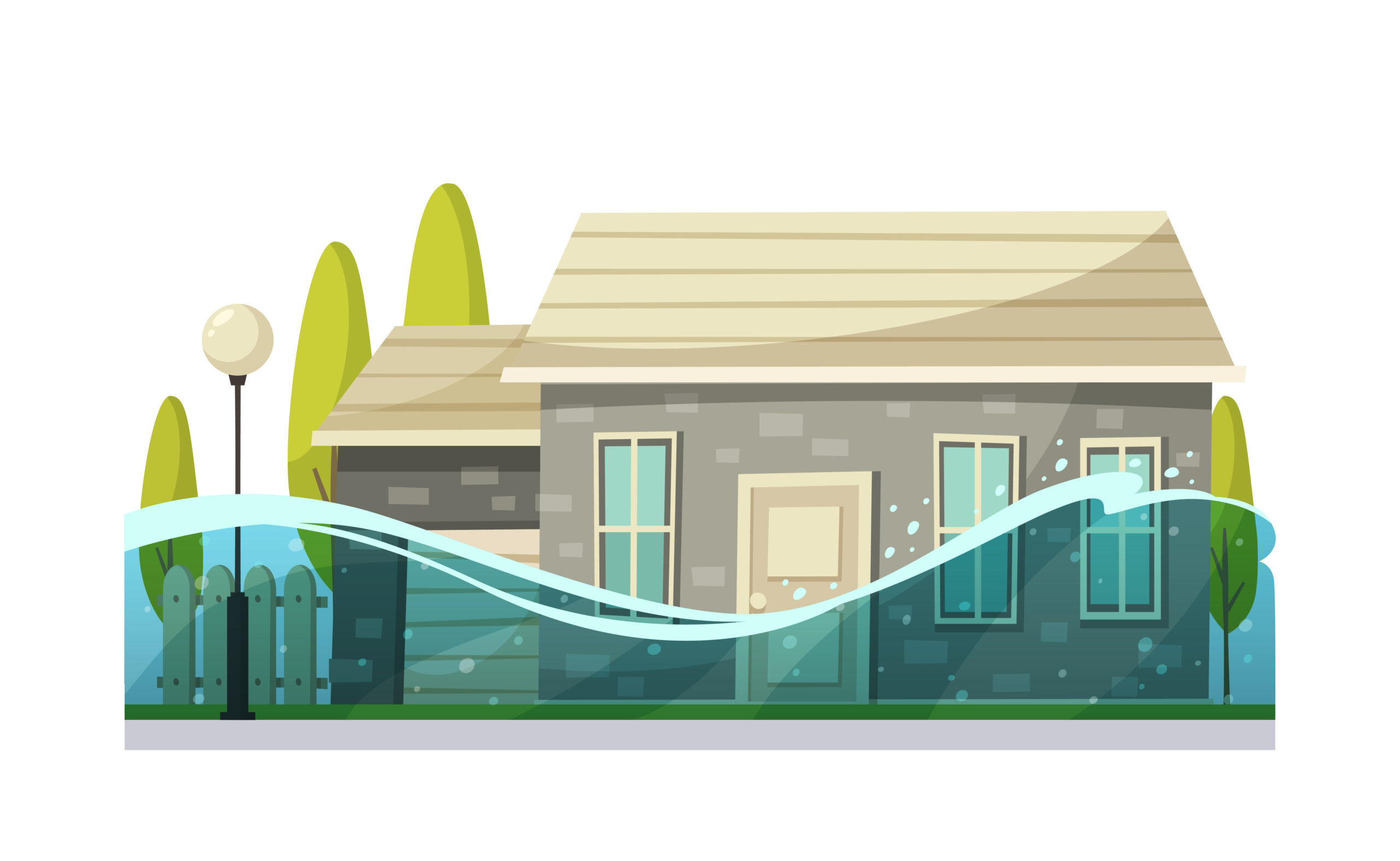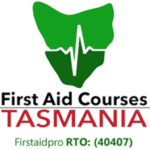Bystander CPR is a lifesaving intervention that improves chances of survival following an out-of-hospital cardiac arrest (OHCA). The procedure involves compression-only CPR (or hands-only CPR) to restore normal heart rhythm.
In a sudden cardiac arrest, administering CPR helps keep the heart beating and stable until emergency medical services are ready to take over.
Bystander CPR And Cardiac Arrest Survival
About 25,000 Australians experience an out-of-hospital cardiac arrest every year, but estimates show that as few as 5% of these people survive.
In a sudden cardiac arrest, the heart stops beating without any warning. There is no blood supply circulating in the body to deliver oxygen to the brain and other vital organs during this time. Without intervention, death is just minutes away.
Bystander CPR is a critical link in the chain of survival, which is now rapidly gaining approval in many parts of the world.
Research shows that with every minute of delay without resuscitation, the survival rate decreases by 10%. As minutes pass, the likelihood of sudden death or suffering permanent brain increases.
Remember that in a cardiac emergency, waiting for an ambulance is not an option.
To date, bystander CPR continues to be the most important factor in saving OHCA victims. However, the prevalence of performing this technique remains low.
New international recommendations push the use of hands-only CPR to increase its prevalence. Note that this only applies under certain circumstances.
Government and public health agencies continuously make efforts to increase awareness and training of CPR and encourage the public to step up in a cardiac emergency.
Bystander CPR Step-By-Step Guide
People who undergo CPR training can provide more effective resuscitation than those without experience.
Consider taking a first aid and CPR course to administer bystander CPR effectively. Here’s a step-by-step guide for beginners.
Survey The Scene
Ensure the area is safe before approaching the casualty. Once safe, check for responsiveness, breathing, uncontrolled bleeding, or other life-threatening situations.
Use the shout-tap-shout approach to check for a response.
Call Emergency Services
If the victim is unresponsive and is not breathing, call triple 000 and ask other bystanders to look for an AED.
While waiting for emergency help, lay the person flat with the head on the floor. Begin CPR.
Begin Chest Compressions
Place the heel of the hand in the centre of the victim’s chest, near the breastbone. Position the other hand on top of the first and interlock the fingers.
Secure the hands and start pushing down hard and fast. Chest compression should be at least two inches, and make sure to let the chest rise entirely before doing another one.
The correct speed for chest compression is 100-120 per minute. Consider using a familiar song such as Staying Alive by the Bee Gees and follow the tempo while pushing down.
Use An AED
Use an automated external defibrillator (AED) as soon as one is available.
AEDs are portable; battery-operated devices used to treat people experiencing a cardiac emergency.
The combination of CPR and early defibrillation significantly increases survival chances when used in the first few minutes of a sudden cardiac arrest.
Continue CPR
Continue performing CPR until the victim regains normal breathing or when emergency specialists arrive and take over.
First Aid Tip: If there are other bystanders in the area, ask them to take over with the compressions when there is a need for a break. Avoid long pauses and keep the same rhythm for better outcomes.
Get CPR Training
Bystander CPR plays a major role in the chain of survival by increasing the survival rates by over 75%.
However, survival rates fail to rise above the 30% mark because many bystanders do not know how to perform this lifesaving technique or do not have to confidence to step up. It is one good reason why CPR training is a must.
Any bystander with sufficient CPR training can prolong the life of a cardiac arrest victim. Having the willingness and confidence to step up, call 000, and perform CPR gives the person a much better chance of survival.
Bystander CPR saves lives. Everyone is continually encouraged to acquire this lifesaving skill.
Learn more about basic and advanced CPR courses on our website or contact us today.








